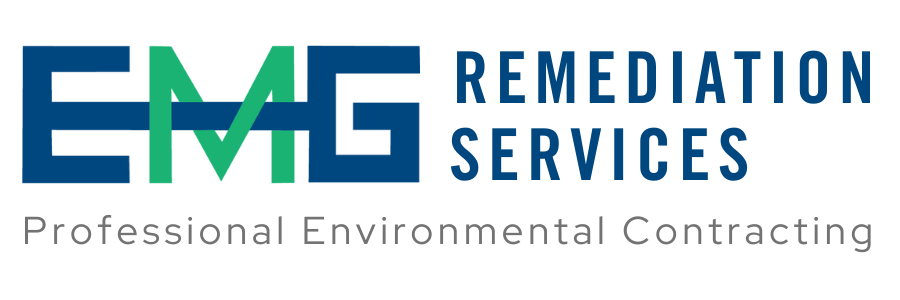How to: 10-Point Check List Residential Storage Tanks
Before cold weather sets in, now is a good time to check property oil tanks…
Before cold weather sets in, now is a good time to check property oil tanks to help avoid problems this winter. Before you fill up for the season, start with this 10-point checkup:
1. Usage: How much fuel did you use in the past three months? Track your fuel-oil usage to monitor for possible leaks. Increasing usage, especially over the summer months, and more frequent fuel deliveries can indicate a leak.
2. Tank Contents: Check the tank for water with a non-hazardous paste that detects water in tanks without altering the fuel being tested (Kolor Kut is a common brand). Minor water accumulation can be expected from condensation inside a tank. However, any water inside a tank can cause the metal to rust from the inside out. Significant water accumulation indicates a leak somewhere in the system.
3. Vent and Fill Pipes and Cap: Confirm pipes are clear of any obstructions like vegetation, insect nests, or debris. Check the area for signs of any spills. Confirm both pipe openings have caps.
4. Vent Alarm: When oil is delivered, confirm with the driver that the alarm whistle is operating properly. You should hear a whistling sound while the tank is being filled.
5. Fuel Gauge: Is the fuel-level gauge cracked, stuck, or frozen...or are there signs of oil around it? If so, replace the gauge.
6. Tank Exterior: --For aboveground tanks in basements or outside --Inspect the exterior of the tank and any piping for signs of rust, seepage, wet spots, or excessive dents. Repair or replace any defects. Make sure the tank is protected from standing water, roof runoff, or falling debris. Remember, nothing should ever be stored on top of a tank.
7. Legs: --For aboveground tanks in basements or outside --Confirm all four legs are stable, plumb, in good condition, and set on a secure foundation.
8. Connections and Valves: Look for any drips or signs of leakage around the connections or valves.
9. Filter Cup: There should be no signs of rust, seepage, or wet spots around or under the cup. If so, replace the cup and filter.
10. Supply Lines: Do the oil lines between the tank and the furnace run either under concrete or aboveground without a protective casing? If so, have the lines replaced with poly-coated, protected lines.
Removing Common Settlement Obstacles
Remove common settlement obstacles with environmental testing, inspections, and remediation.
Knowledgeable Real Estate Agents trust us to lend sound advice and insight that help facilitate real estate transitions. We preemptively remove common settlement obstacles with environmental testing, inspections, and remediation.
Common envrionmental concerns during real estate transactions:
— Mold: odors, visible growth, history of water intrusion or water damage
— Prior onsite heating-oil storage, Underground (UST) and Aboveground Storage Tanks (AST)
— Asbestos insulation and building materials in structures built before 1990
— Site history of fuel sales or storage, auto repair, dry cleaning, manufacturing, or industrial use
— Contaminated waste piles
— Abandoned or unidentified container/material storage
— Out-of-use tanks, drums, hydraulic lifts, swimming pools
— Hoarder Homes
For more information on how to address any of these obstables, give us a call. 610-359-1730. We would be happy to talk with you about solutions.
Don’t take my word for it: Independent resources and links
Asbestos
https://www.epa.gov/asbestos/epa-actions-protect-public-exposure-asbestos
CERCLA
https://www.epa.gov/laws-regulations/summary-comprehensive-environmental-response-compensation-and-liability-act#:~:text=The%20Comprehensive%20Environmental%20Response%2C%20Compensation%2C%20and%20Liability%20Act%20%2D%2D%20otherwise,and%20contaminants%20into%20the%20environment
Hoarding
https://www.usfa.fema.gov/prevention/home-fires/at-risk-audiences/hoarding/
Abandoned Drums
https://response.epa.gov/site/site_profile.aspx?site_id=11611
